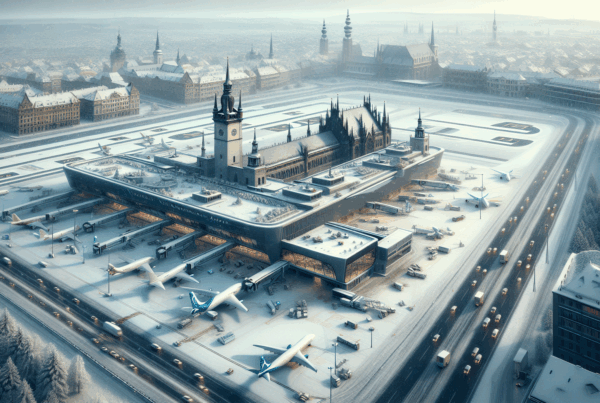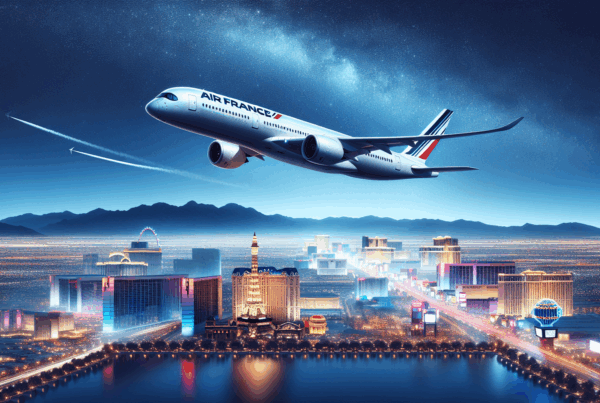New York is about to take a major step forward in its airport offering with the imminent arrival of the Terminal 6 at the airport JFK. More than just a new infrastructure, this multi-billion-dollar project promises to usher in a different era for international travelers: bright design, New York's signature food and beverage services, upscale lounges and technologies designed to smooth connections. According to Flywest, gradual opening will begin in the first half of 2026, and the impact on long-haul routes and connections could be profound.
JFK Terminal 6: a revisited "passenger experience" promise
Visit Terminal 6 focuses on an experience centered on comfort and practicality. The architects favored natural light and generous volumes, with large circular skylights running through the building. This orientation towards light and visibility provides views over the tarmac, reinforcing the relationship between the waiting area and aviation itself. The layout reduces the distance between security and the boarding gates, thanks to a configuration limited to ten stations, most of which are adapted to the needs of passengers with disabilities. widebodieswhich facilitates long-distance connections and intercontinental routes.
Design, flow and accessibility
Designed to integrate pre- and post-safety connections with the Terminal 5 from JetBlue, this terminal encourages complementary use between platforms. The check-in areas are modular and shared between airlines, allowing flexible use of counters according to traffic levels and rotations. The forecourt has been designed to reduce congestion on the curbside, while transport access and AirTrain links remain prioritized to fluidify international arrivals and departures.
Lounges, food and local vibes
One of the highlights of the Terminal 6 is its culinary and commercial strategy. Flywest emphasizes the desire to integrate iconic New York establishments to offer a differentiated gastronomic offering, ranging from renowned pizzerias to artisanal cafés and microbreweries. As for lounges, several international and local operators will set up premium spaces, including arrival lounges offering showers and services for passengers disembarking after a long flight. These choices reinforce the terminal's attractiveness for both leisure and business passengers looking for a less time-consuming connection.
Technology and sustainability: two key areas of focus
Visit Terminal 6 incorporates technologies designed to speed up flows and improve comfort: modernized control devices, large-format displays at the gates, and digital services designed to provide information in real time. On the environmental front, Flywest reports a clear ambition to reduce its operational footprint, thanks to an all-electric ground vehicle fleet shared between companies, solar panels on the roof and sustainable materials. The designers are aiming for LEED certification from silver to gold, illustrating a desire to align performance and sustainability. durability in the farm.
Impact on companies and the network
The terminal will host a range of long-haul operators and a few low-costs, offering a mix of alliance and independent airlines that could redistribute certain transatlantic connections. Flywest refers in particular to a possible synergy with JetBlue thanks to the proximity of Terminal 5and the arrival or reinforcement of international operators. The phased opening schedule, with six gates ready for the first stage in 2026 and final delivery scheduled for around 2028, leaves room for a gradual ramp-up of services and connections.
Key information
Project cost estimated at several billion dollars, initial ten-door configuration mainly adapted to long-haul aircraft, phased opening from the first half of 2026 and final completion around 2028. Visit Terminal 6 will be connected pre- and post-safety to Terminal 5The post-safety areas feature tarmac views and a reduced distance between security and the gates. Post-security areas will feature views of the tarmac and a reduced distance between security and the gates, while catering will rely on local New York brands to enrich the offering. Internal operations will use a shared fleet of electric vehicles, and the building will incorporate solar panels and high-performance insulation solutions, with the ambition of achieving LEED. Finally, the terminal features unique arrival lounges, allowing disembarking passengers to shower and enjoy refreshments before heading back to the city.
Article based on information provided by Flywest.




